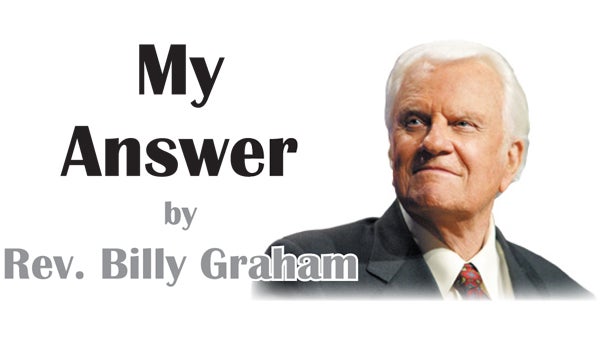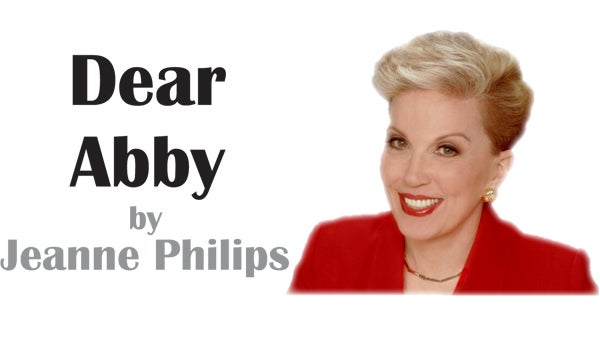Creating more walkable neighborhoods for Elizabethton for Millennial generation
Published 9:02 am Wednesday, September 26, 2018
I frequently tell the Planning Commissioners that urban planning has two components — trying to prevent future problems and creating a look and feel of a community you want to live in. These are the two basic components that make up urban planning. In this column, we see these components begin to blur. There is the emergence of a trend that will likely impact Elizabethton in the next 5 to 10 years. This trend is a decrease in the use of cars. Let’s look at this trend and what impact it could have on Elizabethton.
When we look at the Millennial generation (those 16-35 years old), over 60 percent desire to live in a place where they have alternative transportation options to a car. This means, while they may own a car, they would rather bike or walk to work or run errands on a regular basis rather than drive their car and often they may only have one car for the family rather than two or more. Additionally, this generation is the future of our community. We are projecting a decrease in Elizabethton’s population because there are not enough young families that live in our community. We must become an attractive place for this generation to raise a family in their own way which means creating more walkable neighborhoods and investing in the revitalization of commercial districts. The alternative is a diminishing tax base, decreasing workforce population, and lower incomes.
Often the Millennial generation is credited with the beginning of a “no-car” movement, however, there is another group who we are seeing move towards less driving — the Baby Boomer generation. Studies and planning publications have talked about the importance that independence is to the Baby Boomer generation. As they age, they may lose the ability to drive so they are more likely to move to a community where they can easily walk to many of the locations they prefer or need to visit such as the food stores, doctor’s offices, restaurants, retail stores, etc. This generation is quickly finding the same areas attractive that their children in the Millennial generation find attractive.
Lastly, after Erwin, Elizabethton has the lowest median household income in the Tri-Cities area (including those in Southwest Virginia). Many times, families in these households may not have the financial ability to pay for one or two cars. We must create a community where these citizens can move around the city just as easily as those with cars. This helps create upward mobility, community pride, increasing incomes, and a stronger local economy.
Now, let me be clear. Elizabethton will still be friendly to automobiles, but we must look for ways to increase opportunities for other forms of transportation other than solely the automobile. What are some ways that you can think of to do this? Let’s talk about it!
(Jon Hartman is Director of Planning and Economic Development for the City of Elizabethton. He can be contacted at 423-542-1503 or by email at: JHartman@CityofElizabethton.org)



